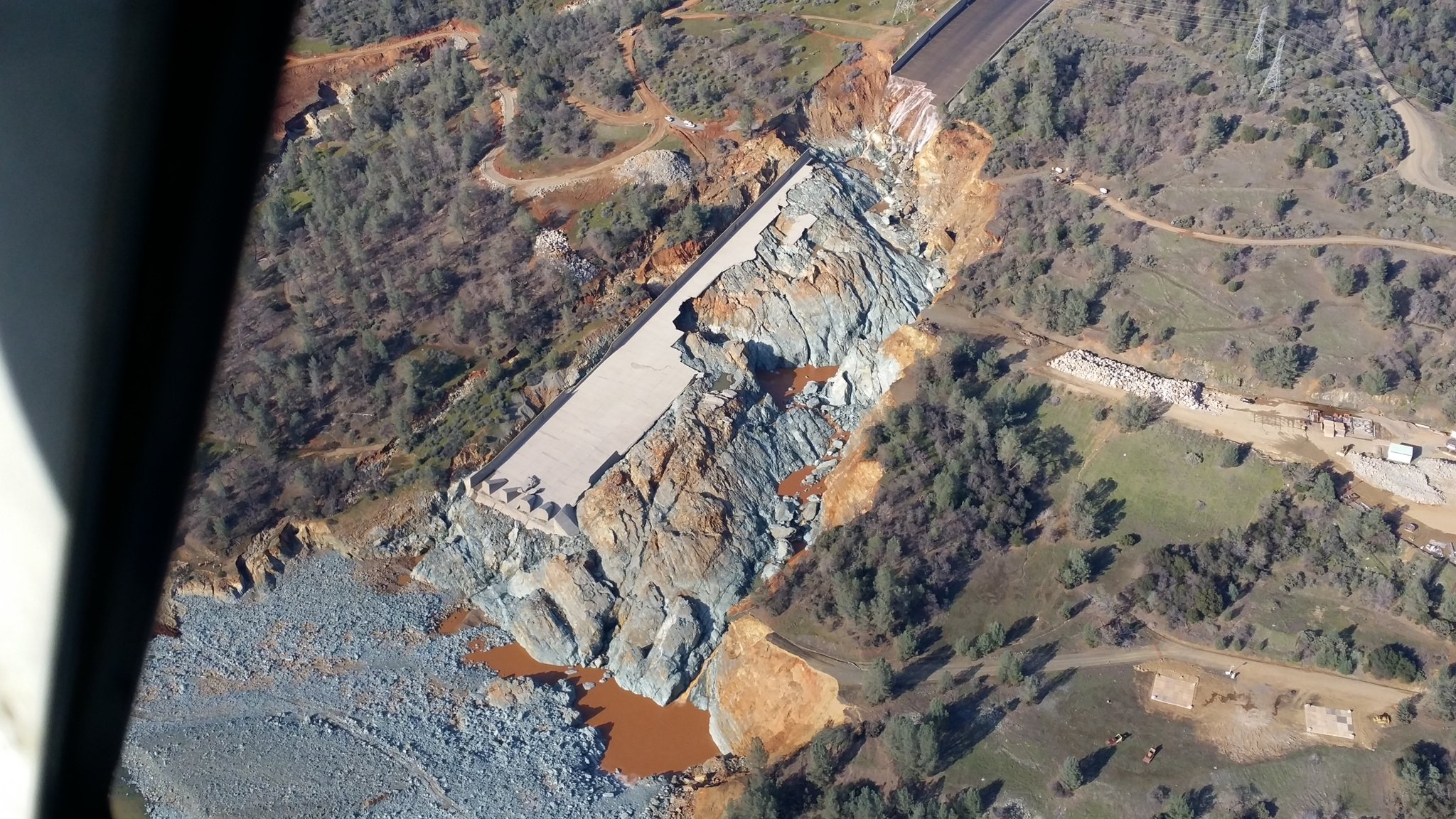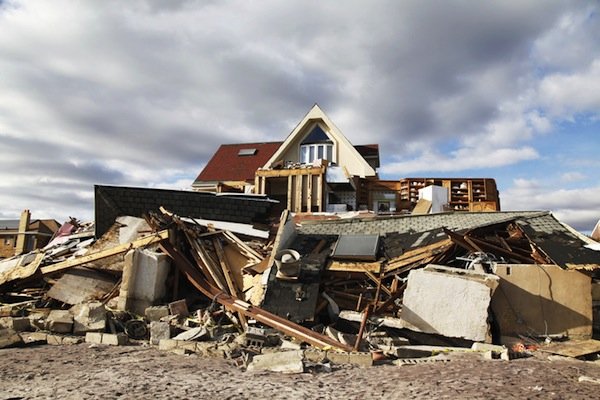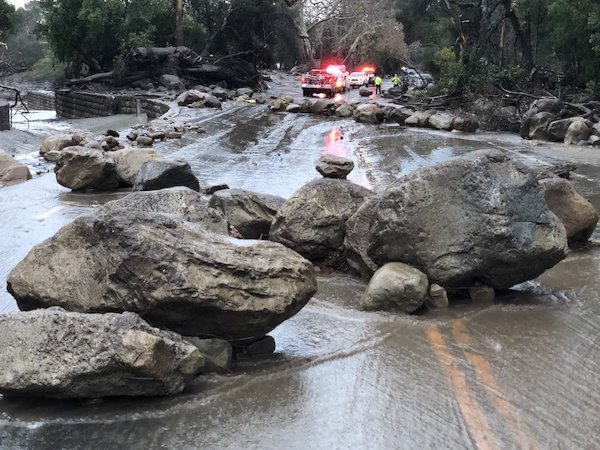Courageous Planning: Coping with Extreme Events
On September 11, 2018, I delivered the opening keynote at a groundbreaking American Planning Association (APA) conference in Kansas City (MO) focused on connecting urban planners and water professionals. Titled “Water and Planning Connect,” the conference was the culmination of a multi-year effort to “shape dialogue around the confluence of land-use planning and water resource management.” It coincided with the publication of Planning Advisory Service Report 588, entitled “Planners and Water.” I was introduced by a lead author of that report, colleague, and friend, Bill Cesanek, whose encouragement motivated me to become a certified planner over a decade ago. Bill tells the story in his introduction. Check out the video (my remarks start about 25 minutes in) and the excerpt from my opening that follows.
Thank you for inviting me here today. I recognize the importance of this event in Kansas City as the culmination of several years of effort, by many of you in this room, to connect water and planning.
As my title suggests, we will all need exceptional courage to help communities and their decision-makers plan for the deep uncertainty and surprising events resulting from climate change combined with the complexity of the system-of-systems approaches that make our holistic vision possible. We are not nearly prepared enough for the worst consequences resulting from this combination of uncertainty and complexity.
As a water infrastructure planner since the 1980s (and a Certified Planner since 2006), I am personally thankful for your success in driving towards the convergence of our professional worlds. I’m very impressed by the work you have already accomplished. Frankly, I don’t know of a more thorough summary of the evolving integration of water resources and land-use planning than the 2017 Planning Advisory Service Report, Planners and Water. That report articulates a powerful case for the One Water approach we are collectively pursuing. To quote form the report:
“The benefits of One Water include improved resource sustainability (greater reliability, security, and resilience), conservation of natural waters and related ecosystems, and flood avoidance.”
One Water offers a compelling vision of a more sustainable future through integrated planning that addresses one of the most serious chronic stressors affecting the resilience of cities. The Rockefeller Foundation defines urban resilience as “the capacity of individuals, communities, institutions, businesses, and systems within a city to survive, adapt, and grow no matter what kinds of chronic stresses and acute shocks they experience.”
I like that definition because it highlights the difference between the “chronic” and the “acute.” Acute shocks include events like earthquakes, hurricanes and terrorist attacks. Chronic water shortages and poor water quality are clustered with other chronic stressors like high unemployment, overtaxed or inefficient public transportation systems, endemic violence, and food shortages. These chronic stresses are described as “slow moving disasters that weaken the fabric of a city.”
In the water sector, we have been responding to a slow-moving disaster for decades — searching for new sources of water supply, increasing the treatment of both potable water and wastewater, managing stormwater runoff for the protection of public safety and receiving water quality, and transitioning towards a more holistic systems view of water management in urban watersheds.
My goal this morning is two-fold – first to recognize our success in strengthening connections between planners and water professionals as we work together towards that One Water vision. And at the same time, I want to share my concerns, as a water professional, regarding our vulnerability to acute shocks and extreme events that are becoming increasingly common and threatening.
Let me be more specific about two factors impacting our one-water vision: (1) the limitations of traditional decision-making tools given the reality of hydrological non-stationarity and the resulting unpredictable frequency and severity of extreme events and disruptions, and (2) the potential propagation of failures through increasingly complex, integrated, and interdependent infrastructures (both physical and institutional) offered by advances in technology at all scales, artificial intelligence, and system-of-systems solutions.





